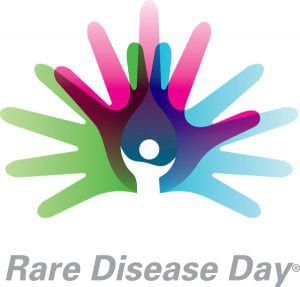An individual has a good chance of recovering from an injury to his or her legs or arms, but it is not always the case when the injury involves the central nervous system (CNS).
Dr. Hugo Kim, the first author of a study based on spinal cord and brain injuries, told Inside Precision Medicine that cells in these areas are extremely limited in regenerative capacity.
However, cell therapy, involving the use of particles and organelles (subunits), holds promising results in spinal cord treatment. These cells create an environment that promotes repair and recovery.
Dr. Binhai Zheng, also a senior author at the University of California San Diego (UCSD) medical school, believes that single-cell technology allows scientists to observe neurons (nerve cells) in more detail.
The study uncovered novel genes that, to date, had not been associated with neuronal regeneration. Dr. Zheng said the analogy would be that the team uncovered what amounts to a ‘molecular fingerprint’ for regenerating neurons.
The researchers call the molecular fingerprint the Regeneration Classifier and tested it against twenty-six (published) single-cell RNA data sets that involved neurons taken from several parts of the nervous system at various stages of development.
Dr. Zheng further commented that the teams have possibly discovered the beginning of a novel class of biomarkers based on single-cell data. Their research focused on neurons located on the corticospinal tract, which are columns of fibers running along each side of the spinal cord. These motor fibers are an essential part of the central nervous system and aid in controlling movement.
About Regeneration
The investigators were meticulous in their analysis of data they received after studying mice with injuries to their spinal cord. The researchers used a program they called the Regeneration Classifier to identify a pattern of gene expression indicating whether a neuron could be restored after an injury.
They found that the Regeneration Classifier, with only a few exceptions, could foresee the potential for the regeneration of neurons. A neuron’s primary function is to transmit information via electrical impulses between the brain and the body.
The Regeneration Classifier could also reproduce trends from previous research. One such trend is a severe decrease in neuronal regeneration in newborns.
Note that the regeneration process is still in its early stages, and the investigators caution against using it for purposes of diagnosis.
In conclusion, Dr. Zheng agrees that interest lies primarily in the exploration of ways in which the Regeneration Classifier can be used to predict the efficacy of new regeneration therapies and advance those therapies toward clinical trials.






